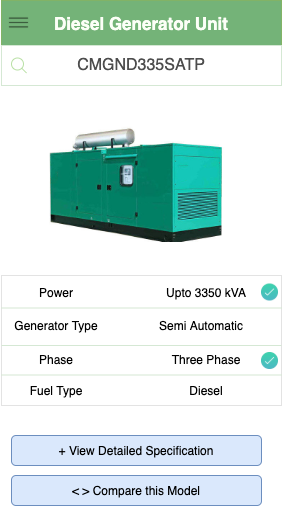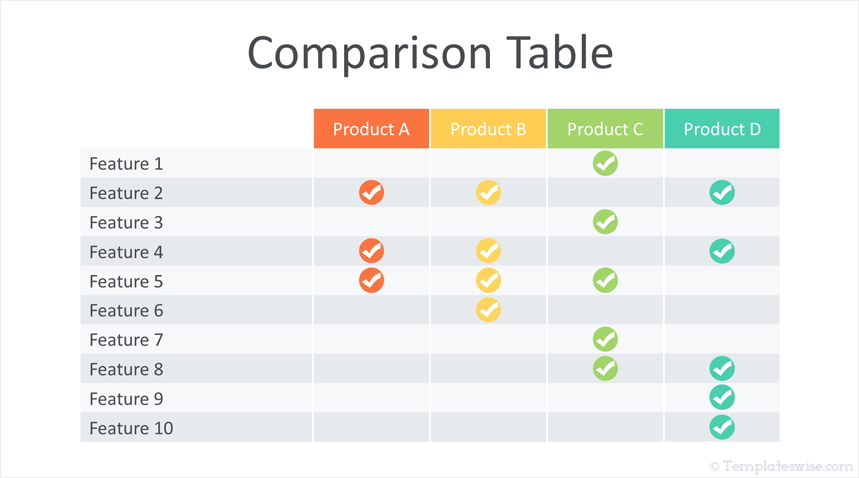Enhancing B2B Buying Experience with a Digital Catalog

Pandemic accelerated digital disruption is making digital not just a luxury but a necessity for all businesses. We’re familiar with the seamless digital buying experience provided by B2C companies. They have a well-organized digital catalog to help customers find what they’re looking for. And it helps to compare products and make a quick decision.
But the B2B manufacturing companies haven’t evolved to match the experience provided by B2C players. Most of the companies are still using printed product catalogs to attract potential customers during trade shows.
Let’s see how building a connected digital catalog will help B2B manufacturers to enhance the buying experience.
Quick Access to Product Information

Having a printed product catalog works if your inventory is small. But it becomes overwhelming to navigate if there are hundreds or thousands of product models. It makes it even more complex with several hundreds of variants for each of them.
Unlike B2C, finding the right product might not be easy for a B2B buyer. It has to meet their operational requirements and for industries like heating coil manufacturers, it has to align with the ambient temperature of the warehouses and so on.
So the key is to provide a seamless digital experience to help your potential customers key in their requirements and narrow down the product options
Once the product options have been narrowed down, the complete product specification could be seen by the user.
Comparing Products to Pick the Best.
Especially for B2B product buyers, making a decision is not as simple as buying a consumer product. It involves several factors as we discussed above. And what makes it even confusing is the availability of multiple variants of the same product.
This is where a smart comparison module could help the buyer navigate this decision making dilemma. The buyer could simply add more than one product and do a feature by feature comparison to find which one is more suitable for their business.

Engage Potential Buyers at Trade Shows with Digital Catalog

A digital catalog application installed on a mobile or tablet device can be the most effective tool at trade shows. The company can show the entire product line-up quickly when someone enquires. And the interested buyers can receive the information via email or any other means from the app.
Unlike a paper printed catalog, an interactive digital catalog is a more efficient way to qualify more leads during trade shows.
Sync Product Data Across Channels and Systems
Another advantaging of having a digital product catalog is to maintain a single source of truth. It helps you to keep the entire product information organized and stored in one place.
B2B manufacturers often use systems like SAP to keep the list of products but they’re often difficult when it comes to consumption by other business apps. The digital catalog app can get the raw data from an ERP system and organize it for easy use by users.
Also, it is easier to generate other customer experience platforms such as websites, downloadable PDFs from a single repository of data. This helps to build an omnichannel digital experience for your customers.
Do you Already Have a Digital Catalog?
Are you a B2B manufacturer and do you already have a digital catalog ready for your Sales team and customers? If not, browse our digital transformation solutions and get a free consultation.




